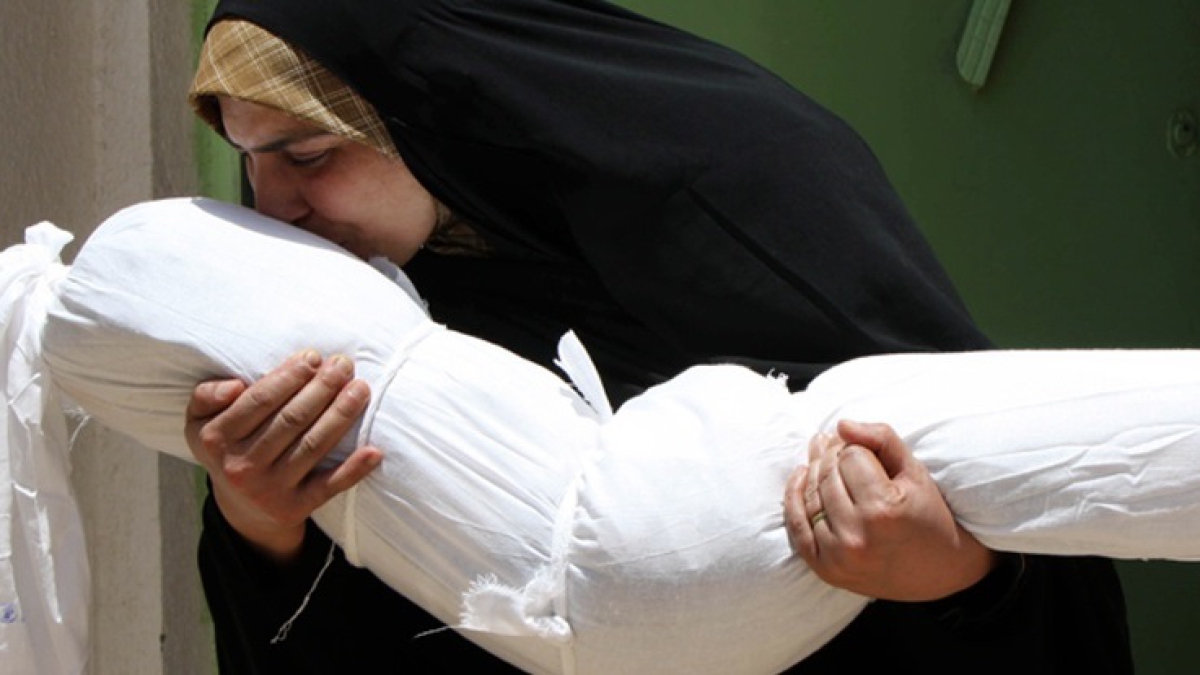500,000 Killed: U.S. Wars in Iraq, Afghanistan and Pakistan

Brown University has released a new study on the cost in lives of America’s Post-9/11 Wars, in Iraq, Afghanistan, and Pakistan. The study estimates between 480,000 and 507,000 people were killed in the course of the three conflicts.
This includes combatant deaths and civilian deaths in fighting and war violence. Civilians make up over half of the roughly 500,000 killed, with both opposition fighters and US-backed foreign military forces each sustaining in excess of 100,000 deaths as well.
This is admittedly a dramatic under-report of people killed in the wars, as it only attempts to calculate those killed directly in war violence, and not the massive number of others civilians who died from infrastructure damage or other indirect results of the wars. The list also excludes the US war in Syria, which itself stakes claims to another 500,000 killed since 2011.
The report also notes that over 60,000 US troops were either killed or wounded in the course of the wars. This includes 6,951 US military personnel killed in Iraq and Afghanistan since 9/11.
The Brown study also faults the US for having done very little in the last 17 years to provide transparency to the country about the scope of the conflicts, concluding that they are “inhibited by governments determined to paint a rosy picture of perfect execution and progress.”
Those wishing to read the full Brown University study can find a PDF version here.
( Source: Anti War )
The Costs of War Project at Brown University's Watson Institute for International and Public Affairs has a team of 35 scholars, legal experts, human rights practitioners, and physicians, which began its work in 2011.
Topics: Conflicts And War, War On Terror
Views: 836
Related Suggestions

















